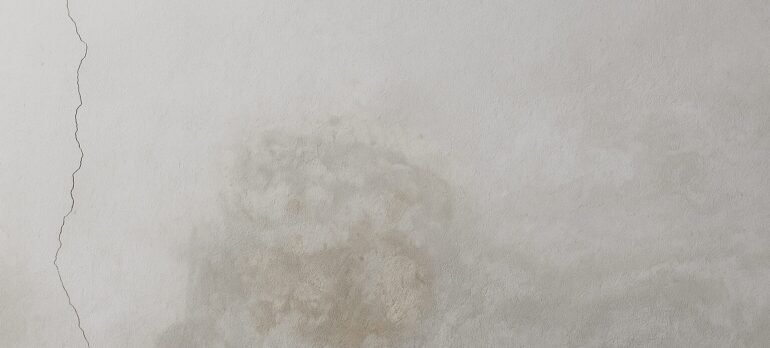
Gib plastering is a popular interior finish in many homes and buildings. While it looks smooth and modern, it’s not uncommon to see problems develop over time.
Why Gib Plastering Needs Regular Maintenance
Gib plastering is a common choice for finishing walls and ceilings in homes and commercial buildings. It gives a smooth, clean look and adds strength to interior surfaces. However, over time, different problems can show up, especially in areas with changing weather and high humidity. Cracks, water damage, or peeling are some of the most common concerns.
Understanding these issues and how to fix them can help keep your plasterwork strong and looking fresh for longer.
Common Gib Plastering Problems
In many properties, plastering issues start small but can get worse if ignored. Here are some of the most frequent problems:
- Cracks in plaster: Small or large cracks may appear due to temperature changes or the natural movement of buildings.
- Water damage: leaking pipes or roofing issues can cause parts of the plaster to become soft, stained, or mouldy.
- Bubbling or peeling: Poor bonding or high moisture levels can lead to bubbles or sections of plaster peeling away.
- Uneven finish: If the plaster wasn’t applied evenly, it can dry with a rough or bumpy surface.
In areas recently renovated, these issues can often be traced back to rushed work, highlighting the importance of quality gib installation services during any project.
What Causes These Gib Plastering Issues?
Most plastering problems aren’t just surface deep—they’re often caused by environmental or installation issues:
- High humidity: Moisture-rich environments make plaster more prone to soaking up dampness, especially in bathrooms and laundries.
- Improper installation: If Gib boards aren’t correctly fitted or finished, it can lead to cracking or poor surface bonding.
- Building movement: Over time, the natural settling of a house or commercial property can cause the plaster to shift and crack.
- Water leaks: Even small leaks from a pipe or roof can lead to serious plaster damage if left untreated.
These leaks often come from above, making regular roof repair services an important step in preventing plaster issues from developing.
Simple Ways to Fix Gib Plastering Problems
Fixing plaster damage is often easier than it looks, especially if it’s handled early. Here’s how the most common issues can be repaired:
- Cracks: Light cracks can be patched by cleaning the area, filling with joint compound, and sanding before repainting.
- Water damage: First, stop the leak, then remove the damaged section, dry it out, and reapply plaster.
- Bubbling or peeling: Remove loose plaster, clean the area, and apply a fresh coat using proper techniques.
- Uneven surfaces: Sand down the surface or apply another layer of plaster to smooth it out.
In some outdoor renovation projects, surface issues are made worse when water seeps in through poor exterior protection—something good weatherboard cladding services can help prevent.
How to Prevent Gib Plastering Issues
Preventing damage is often easier and less expensive than fixing it. Here are a few simple prevention tips:
- Use moisture-resistant plaster in damp-prone rooms like kitchens and bathrooms
- Get professional installation to avoid surface flaws and bonding problems
- Check regularly for leaks or damp patches, especially after storms
- Maintain gutters and downpipes to prevent water from seeping into walls
Final Thoughts: Keep Your Plastering in Good Shape
Gib plastering is a great choice for both new builds and renovations, but it does require occasional care. By spotting issues early and fixing them correctly, you can extend the life of your walls and ceilings. Whether it’s cracks, water stains, or bumpy finishes, small problems can be repaired easily with the right approach.
If you need help with Gib plastering repairs or maintenance, Contact Quik Solutions today for expert service.


